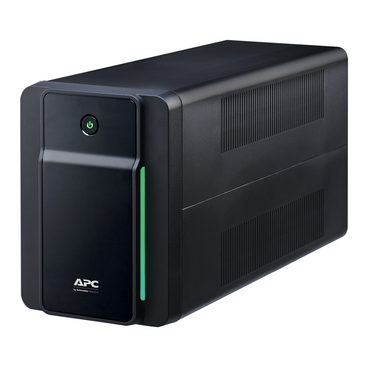Edge Computing
Edge computing boosts performance, reduces latency, and enables faster, smarter data processing.
Distributed IT
Improve reliability and fasten response times by combining cloud with edge infrastructure.
Edge computing is transforming how data is processed, stored, and managed across industries. By moving computation closer to data sources, it minimizes latency, enhances reliability, and strengthens security. As organizations adopt connected devices and IoT systems, edge computing ensures faster decision-making and optimized performance at every operational level.
Challenges of edge solutions
Edge computing solutions
White papers
Sustainability at the edge
Ensure a resilient, secure, and efficient network and achieve sustainability goals with our solutions and experts.
Environmental Data Programme
An increased demand for readily available data comes with rising demand for power. That's why data centres at the edge need to be more sustainable, efficient, adaptive and resilient.
mySchneider IT Partner Programme
Stay relevant in the evolving IT market! mySchneider IT Partner Programme helps you enhance skills and capture new business opportunities.
How Does Edge Computing Support IoT and Smart Devices?
Edge computing is fundamental for IoT and smart devices, as it allows for local data processing and analysis. This reduces the reliance on cloud connectivity, enabling faster response times and improved reliability.
Smart devices can process sensor data locally, making immediate decisions without the need for constant communication with a central server. This is vital for applications like smart homes, industrial IoT, and autonomous vehicles, where real-time data processing is essential. Edge computing also enhances security by keeping sensitive data within the local network.
Explore our latest insights on edge computing
Learn more about our edge solutions from our knowledge networks resources.
You may also be interested in
How is Edge Computing different from Cloud Computing?
Edge computing differs from cloud computing in data processing. Cloud computing stores and analyzes data in centralized servers, while edge computing processes data near its source. This minimizes latency, improves real-time decision-making, reduces bandwidth use, and enhances overall security.
What are the main use cases of Edge Computing?
Edge computing powers use cases like autonomous vehicles, smart cities, healthcare monitoring, and industrial automation. It processes data near sensors for faster insights, reduces latency in IoT applications, improves reliability, and enables real-time decision-making across connected systems.
How does Edge Computing improve AI and ML?
Edge computing enhances AI and ML by processing data locally, reducing latency, and enabling faster model inference. It allows real-time analytics, continuous learning, and improved privacy by keeping sensitive data close to its source, leading to quicker and more efficient decision-making.
What role does Edge Computing play in 5G?
Edge computing plays a vital role in 5G by bringing data processing closer to users and devices. It reduces latency, boosts network efficiency, and supports real-time applications like autonomous driving, AR/VR, and IoT by enabling faster, more reliable connectivity through localized data handling.
What are the security risks of Edge Computing?
Edge computing faces security risks such as data breaches, device tampering, and weak encryption. Since data is processed across multiple edge nodes, it increases vulnerability to attacks, unauthorized access, and malware, making strong authentication and endpoint protection essential for safety.
How does Edge Computing support predictive maintenance?
Edge computing powers predictive maintenance by processing machine data in real time to detect irregularities and predict breakdowns. By analyzing data locally, it reduces latency, prevents costly downtime, improves equipment reliability, and helps industries plan maintenance more efficiently.
What are the limitations of Edge Computing?
Edge computing has limitations like high setup costs, limited storage, and maintenance challenges. Managing multiple edge devices increases complexity and security risks. It also depends on strong network connectivity, making scalability and consistent performance difficult across diverse locations.
What is Edge Computing?
Edge computing brings computation and data storage closer to data sources, reducing latency, improving real-time responsiveness, and conserving bandwidth. It's crucial for applications like autonomous vehicles, industrial automation, and IoT devices. By processing data at the network's edge, it enhances efficiency, reliability, AI inference, remote visibility, power efficiency, and IT sustainability.
What are the Benefits of Edge Computing?
•Reduced latency and improved real-time performance.
•Decreased bandwidth usage and network congestion.
•Enhanced privacy and security through local data processing.
•Increased reliability in remote locations.
•Lower operational costs.
•Enables rapid data processing and decision-making.
What is the future of Edge Computing?
Expect increased integration with AI and machine learning, wider adoption in various industries, and applications like predictive maintenance, remote patient monitoring, and real-time inventory management.
How Does Edge Computing Support IoT and Smart Devices?
Edge computing allows local data processing, reducing reliance on cloud connectivity, enabling faster response times, and improving reliability. This is vital for smart homes, industrial IoT, and autonomous vehicles, enhancing security by keeping data local.


























_BUILDER.IORectangle.webp)







.webp)







